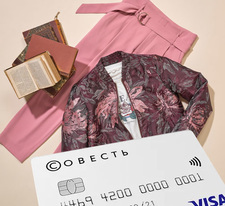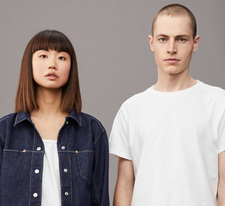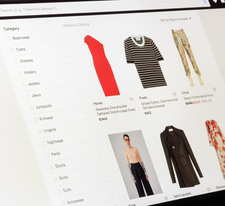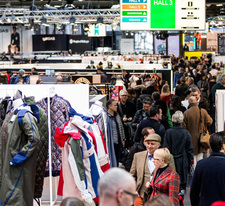Impulsive purchases are the engine of progress
The magazine Big Commerce over the past year conducted a study of the so-called impulsive purchases. Scientists from Europe, USA and Russia came to the conclusion that today, during the global decline in the growth of citizens' incomes and retail profits, it is possible to increase sales only with the help of unplanned purchases.
Over the past two years in our country, such promotions as "Halloween", "Black Friday", "Buy two things" have shown good results. get the third one for free", as well as discounts upon presentation of a student ID.
77% of unplanned purchases worldwide today account for accessories (jewelry, hats, gloves, bags and belts), underwear, leisure goods and sporting goods.
More than 50% of young people aged 17 to 30 are ready to make impulsive purchases. At the same time, they pay most attention to the brand's fame, fashion trends, popularity in the subculture, sales. It is this age group that is least ready to limit itself during sales and does not pay much attention to the quality and durability of the purchased item. The second target audience is young women who buy goods at sales not only for themselves, but also for friends, children, in general, just in case.
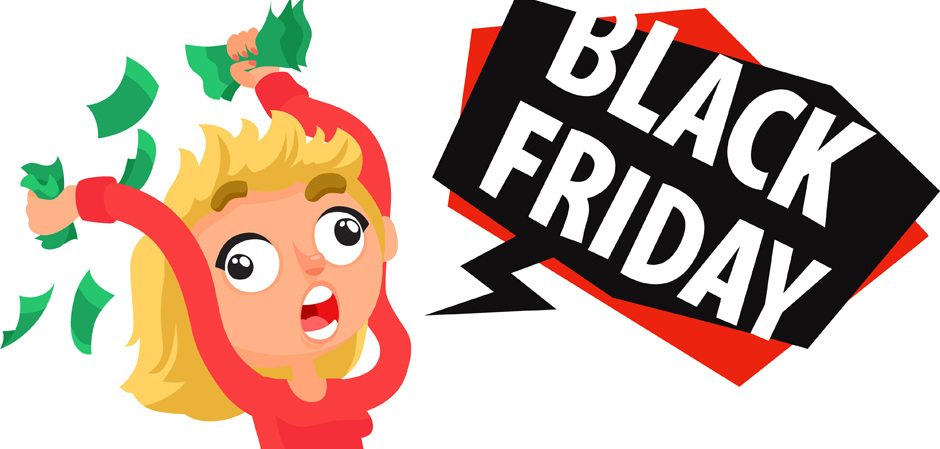
Almost 40% of Russians are willing to spend money to buy clothes and shoes for children to grow up, and even to the detriment of their own needs. Studying consumer psychology helps to significantly increase sales. For example, psychologists who study purchasing behavior claim that 45% of buyers who are willing to buy more than planned are single, divorced or unmarried Russians. And almost a quarter of customers (23%) come for the goods impulsively, under the influence of stress, joy or attracted by the store's promotions.
British psychologists have defined an impulsive purchase as a purely emotional action when a client suddenly saw something and decided that he could not live happily without it, that this thing was vital to him. After conducting research among 83 residents of the UK who agreed to talk about their impulsive purchases, scientists have published a list of the main factors influencing purchases. The list includes:
- desire for change and adventure, an attempt to get new (3.92%);
- promotions with small gifts (3%);
- Visual attractiveness of a showcase or website (2.95%);
- Good mood (2.88%);
- A beautiful poster and a crowd at the counter (2.84%);
- Feeling of one's own fullness (2.37%);
- Delicious smells, food in the neighborhood (1.79%);
- Pleasant music (1.68%);
- Desire to purchase a new product (1.35%);
- Alcohol (1.08%);
- Discomfort or illness (0.52%);
- Depression (0.33%).
Of course, statistics on this small sample cannot claim to be absolutely objective, but there is a clear trend that can be extrapolated to a wider audience.
Thus, we can say that competent marketing, advertising and knowledge of consumer psychology will help any retailer or brand owner, even in the current difficult economic conditions, to increase their revenue. The customer's craving for impulsive purchases compare gravity, you just need a little push.
Photo: shutterstock






